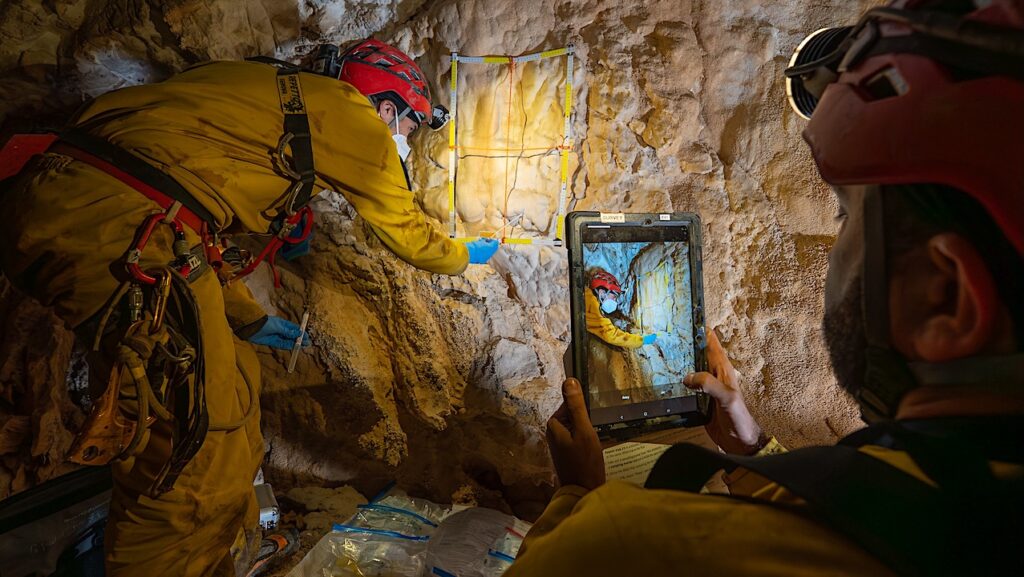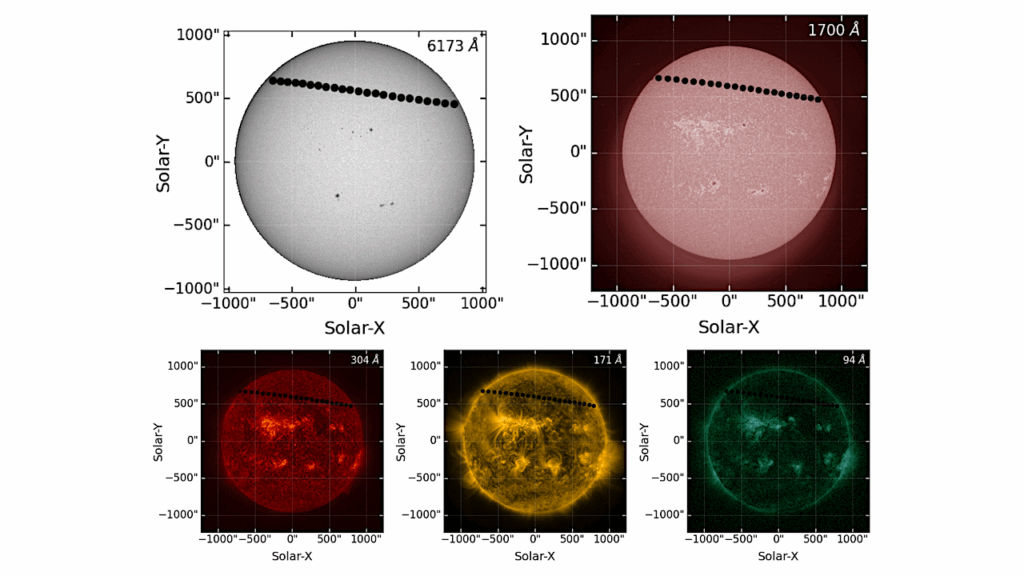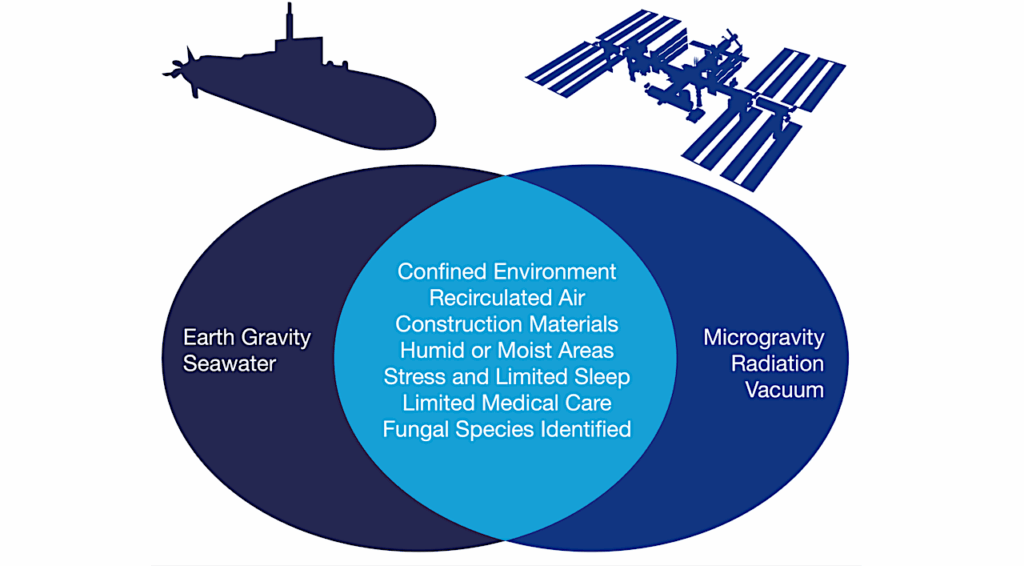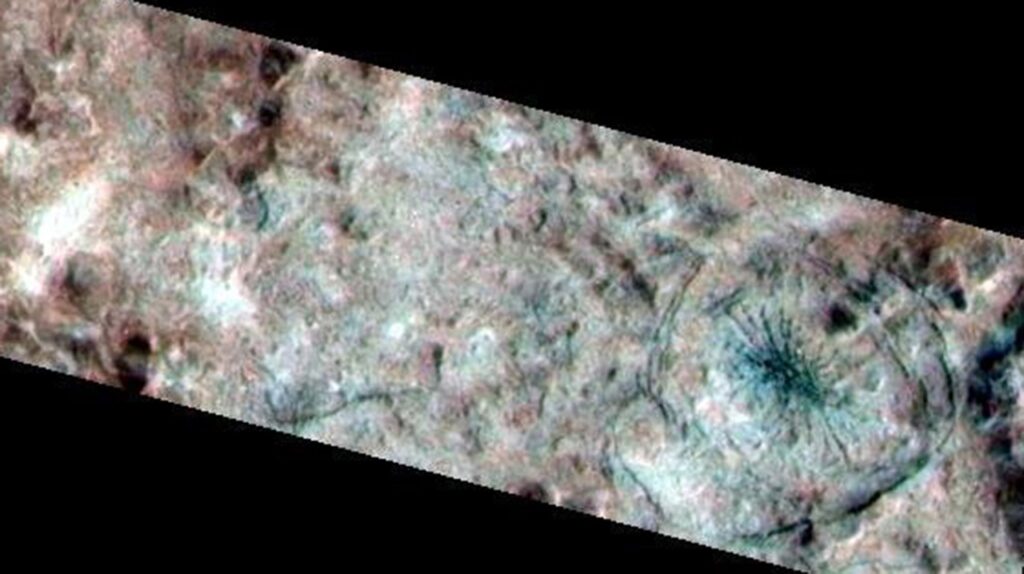The Elusive Nature Of Martian Liquid Brines
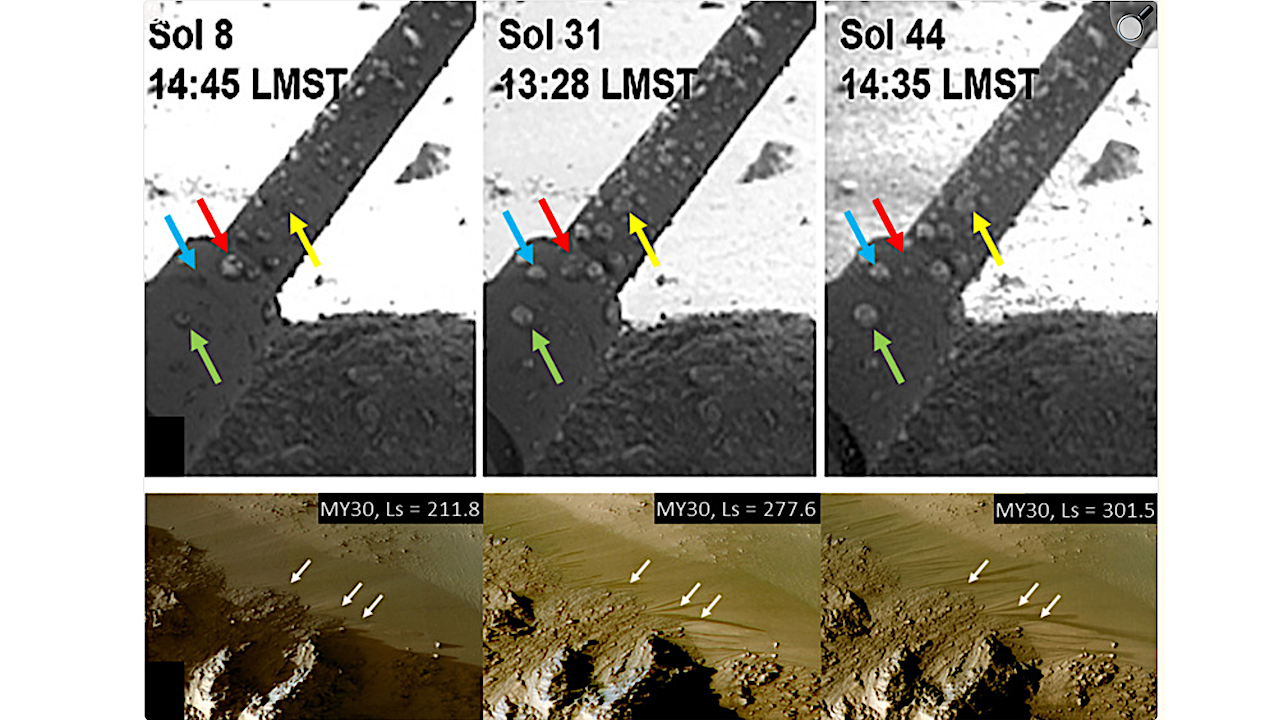
The possible presence of brines on Mars adds an intriguing dimension to the exploration of Martian environments.
Their potential involvement in the formation of recurring slope lineae has sparked debates on the existence of liquid water versus alternative dry processes.
In situ instrumentation on rovers and landers has been instrumental in providing valuable data for comprehending the dynamics of brines. Laboratory experiments and thermodynamic simulations conducted under Martian conditions offer insights into the formation and persistence of brines, shedding light on the planet’s current hydrological processes.
Despite these findings, the prevailing surface conditions on Mars, characterized by a combination of low temperature, pressure, and water vapor pressure, generally hinder the stability of most brines. In such environments, only a few select salts, notably calcium perchlorate, could play a pivotal role in potentially forming brines through deliquescence or melting.
These environmental factors emerge as critical contributors influencing the stability of brines, but such limitations generally restrict the locations, timescales, and amounts of brine formed. However, the exploration of brines extends beyond geochemical considerations, serving as a lens through which we can examine potential habitability and gain a broader understanding of the Martian climate.
Therefore, observing brines on Mars would offer valuable insights into the dynamic interplay of various factors that influence their stability, contributing to our overall comprehension of Mars’ unique environmental conditions.
The elusive nature of Martian liquid brines, PNAS via PubMed (open access)
Astrobiology



